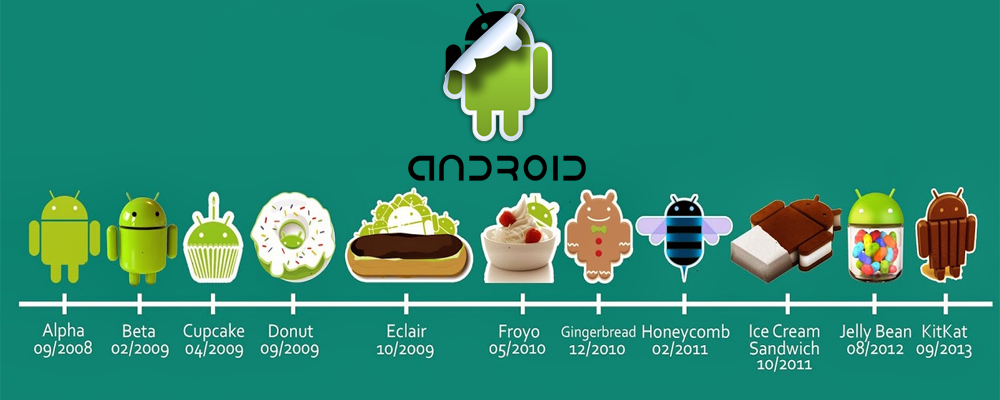Google announced Android 4.1 (Jelly Bean) at the Google I/O conference on 27 June 2012. Based on Linux kernel 3.0.31, Jelly Bean was an incremental update with the primary aim of improving the functionality and performance of the user interface. The performance improvement involved "Project Butter", which uses touch anticipation, triple buffering, extended vsync timing and a fixed frame rate of 60 fps to create a fluid and "buttery-smooth" UI. Android 4.1 Jelly Bean was released to the Android Open Source Project on 9 July 2012, and the Nexus 7 tablet, the first device to run Jelly Bean, was released on 13 July 2012.
9 July 2012
Features:- Smoother user interface:
- Vsync timing across all drawing and animation done by the Android framework, including application rendering, touch events, screen composition and display refresh
- Triple buffering in the graphics pipeline
- Enhanced accessibility
- Bi-directional text and other language support
- User-installable keyboard maps
- Expandable notifications
- Ability to turn off notifications on an application-specific basis
- Shortcuts and widgets can automatically be re-arranged or re-sized to allow new items to fit on home screens
- Bluetooth data transfer for Android Beam
- Offline voice dictation
- Tablets with smaller screens now use an expanded version of the interface layout and home screen used by phones.
- Improved voice search
- Improved camera application
- Multichannel audio
- USB audio (for external sound DACs)
- Audio chaining (also known as gapless playback)
- Ability for other launchers to add widgets from the application drawer without requiring root access
Android 4.1.1 Jelly Bean
23 July 2012
Features:
- Fixed a bug on the Nexus 7 regarding the inability to change screen orientation in any application.
Android 4.1.2 Jelly Bean
9 October 2012
Features:
- Lock/home screen rotation support for the Nexus 7
- One-finger gestures to expand/collapse notifications
- Bug fixes and performance enhancements
